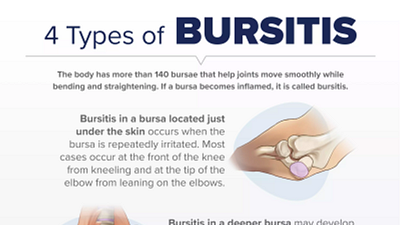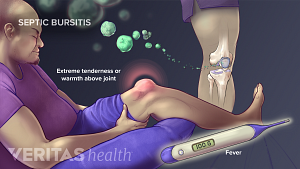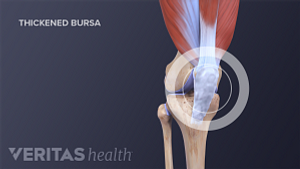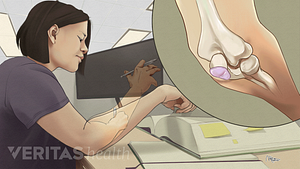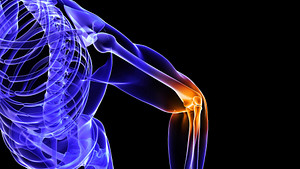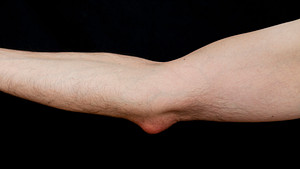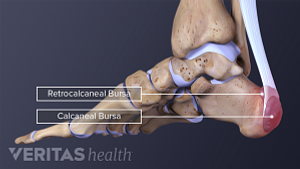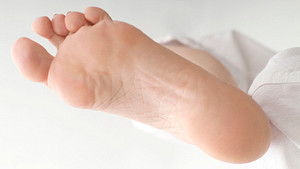Bursitis
Please see the index below for a list of all our articles on Bursitis.
If you are new to the subject, we recommend starting with: What is Bursitis?
Treatment for bursitis can ease pain and swelling and prevent it from becoming chronic. After treatment, preventative action can help stop bursitis from flaring up.
The cause of knee bursitis is often apparent, such as frequent kneeling or a one-time trauma. Other times, the cause is a less obvious underlying condition.
Elbow (Olecranon) Bursitis
Elbow bursitis occurs when the elbow's bursa becomes inflamed. Septic bursitis occurs when the bursa becomes infected.
Elbow bursitis could be the result of repetitive pressure on the elbow, previous injury, infection, or an underlying condition, such as gout or rheumatoid arthritis.
Elbow bursitis is characterized by swelling making it easier to diagnose, but whether or not it is infected, called septic bursitis, requires additional testing.
Swelling is the most common symptom of elbow bursitis, but it can also occur with elbow pain and tenderness. If the bursa is infected medical attention is needed.
Elbow bursitis may be treated with rest, elbow pads, medication, and injections. If the bursa is infected, antibiotics are needed.
Read about the two types of bursitis can cause heel pain and swelling, what causes them, and what medical conditions are associated with them. Both retrocalcaneal and calcaneal bursitis of the heel may take 2 or 3 weeks to fully treat.
Heel bursitis is often caused by everyday activity. Certain medical conditions, an infection, or a past trauma can increase the risk of heel bursitis.
